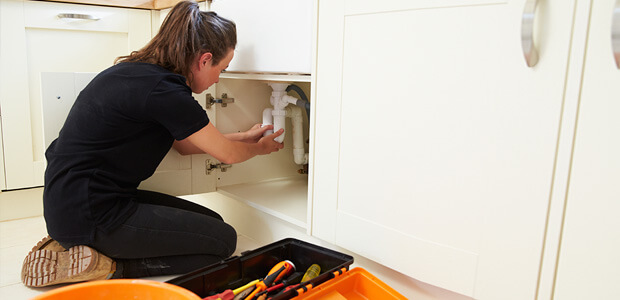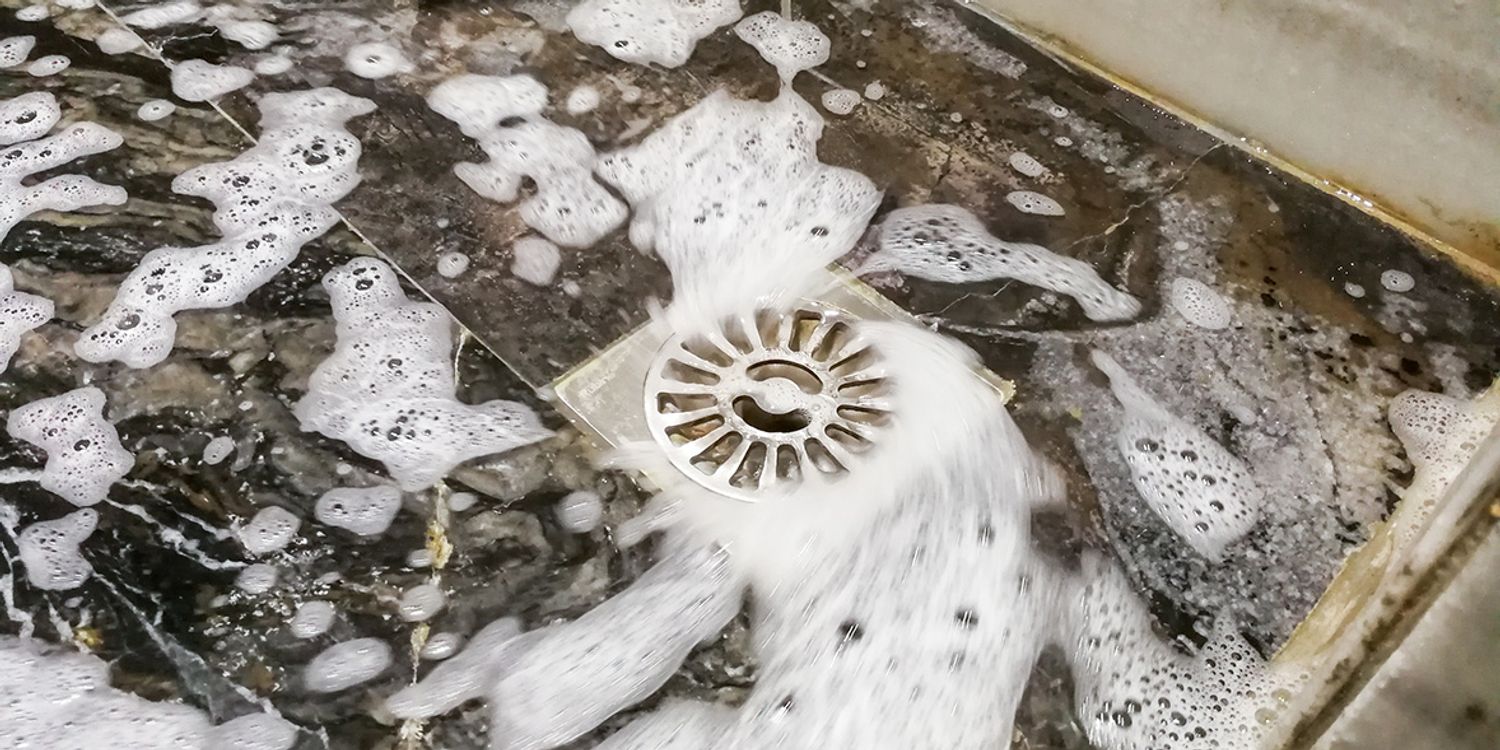Any individual seems to have their own unique thoughts in relation to Some easy tips to fix blocked drains.

Intro
Handling a blocked drainpipe can be a discouraging experience, interrupting day-to-day activities and possibly creating damage to your property. Nevertheless, prior to reaching out to plumbing specialists, there are steps you can take to attend to the concern yourself. In this overview, we'll discover DIY services and safety nets to take on a blocked drain efficiently.
Recognizing the Issue
The initial step in dealing with a blocked drain is acknowledging the indicators. Slow drain, gurgling audios, foul odors emanating from drains, or water support up prevail signs of an obstructed drainpipe. Determining these indicators early can assist protect against further problems.
Common Root Causes Of Blocked Drainpipes
Recognizing the elements that add to drain pipes clogs is necessary for reliable resolution. Usual wrongdoers include hair, soap residue, grease, food debris, and international items like hygienic products or paper towels. Tree roots invading below ground pipelines can additionally create substantial clogs.
Do it yourself Solutions
For small clogs, numerous do it yourself options can be efficient. Pouring boiling water down the drain can aid liquify oil and debris. Baking soda and vinegar or a mixture of salt and baking soft drink can work as all-natural cleaners. Making use of a bettor or plumbing snake to displace obstructions is another alternative.
Tools and Equipment
Having the right devices accessible can make do it yourself drain cleansing much more efficient. A bettor is a versatile device for clearing clogs in sinks, bathrooms, and showers. A plumbing snake or auger can get to deeper blockages, while drain cleaning chemicals can be made use of carefully for stubborn obstructions.
Safety nets
To stay clear of future clogs, adopting safety nets is crucial. Mount drainpipe guards or strainers to catch hair and particles before they go into the pipes. Frequently flush drains pipes with hot water to liquify oil buildup, and avoid taking care of oil or strong waste away.
When to Call a Professional
While do it yourself solutions can deal with minor clogs, particular indicators suggest the requirement for professional help. Consistent blockages, foul odors despite cleansing initiatives, or multiple drains pipes supporting at the same time are red flags that warrant experienced treatment.
Picking the Right Pipes Service
When picking a plumbing solution, think about aspects such as experience, licensing, and customer testimonials. Choose a reliable plumbing professional with a performance history of top quality workmanship and transparent rates methods.
Price Factors to consider
The cost of expert drainpipe cleaning services can vary relying on the seriousness of the blockage and the plumbing professional's prices. Request quotes from several companies and inquire about any additional charges to guarantee transparency and avoid shocks.
Security Precautions
When attempting DIY drainpipe cleaning, focus on safety and security. Use safety handwear covers and eyewear to avoid contact with hazardous chemicals or bacteria. Never mix various drainpipe cleaning items, as this can create hazardous fumes.
Instance Studies
Real-life instances show the effectiveness of do it yourself solutions and the relevance of timely specialist intervention in resolving drain blockages.
Verdict
By following the ideas outlined in this guide, you can successfully tackle blocked drains and stop future plumbing problems. Whether going with do it yourself solutions or seeking expert help, punctual activity is key to keeping a healthy pipes system and maintaining the integrity of your home.
How to Clear a Clogged Drain Yourself (And When to Call In the Professionals)
What Can Clog a Drain
Dirt Skin flakes Hair Grease Soap scum Food Offset pipes Tree roots Small objects Mineral buildup DIY Tricks to Unclog a Drain
You can fix this! Once you have identified the source of the clog (or have a vague idea), you can try one or a combination of these fixes in order to clear your plumbing.
Wire Hanger or Snake
Untangle and clear out hair from a drainpipe with a homemade snake. Use a straightened-out wire hanger with a 90-degree angle hook to locate the clog and drag out any unwanted material.
Remember not to push the clog further down to where the wire hanger cannot reach! If you need to follow up with a plunger, give it a try. Your efforts might be more successful after it’s been wire-snaked.
If you want to get fancy and don’t have a wire hanger to spare, head to the store and pick up a hand-operated drain snake. You can get one for $10-$30. It may save you the hassle, and provide additional length to reach deep into the clogged pipe.
Plunger
A cup plunger has a suction cup attached to a wooden handle. The rubber creates a seal around the drain, and increases the pressure force of the plunger.
Plunge for 30-second increments to loosen the clog. This may need to be repeated over the course of 15-20 minutes. Once plunged, run the water to flush the remaining material out of the drain.
Remember– never use a plunger if you have used a chemical drain cleaner. These chemicals can splash up from the force of the plunger and cause serious injury or burns.
Boiling Water
Hot water can sometimes break up materials into a flushable amount. Dirt, grease, and soap buildup requires heat in order to unstick from surfaces.
Take your kitchen kettle and heat your water to a boil. Once it reaches a rolling boil, pour it directly down the drain into the blockage. Carefully follow with plunging, if necessary.
Don’t worry if this takes more than one try! It can often take multiple kettles and repeated plunging in order to clear a particularly stubborn clog.
Chemical Drain Cleaner
As a last resort, pick up a bottle of chemical drain cleaner. Drain-cleaning chemicals are potent, and not very good for the environment.
You may need to wear protective eyewear in gloves before handling your bottle of chemical drain cleaner. Follow the instructions printed on the bottle, and flush with water as soon as the instructions allow. Do not follow with plunging.
Baking Soda and Vinegar
As a safer alternative to chemical drain cleaner, baking soda and vinegar can create a chemical reaction that clears tough clogs.
Combine one cup of cleaning vinegar with one cup of boiling water, and set aside. Once you have done this, pour half a cup of baking soda down the drain. Give the baking thirty seconds to settle and cover a large portion of the problem drain.
Following the baking soda, pour down your vinegar and hot water solution. Once the vinegar and baking soda combine, the mixture will bubble and fix. Let this reaction fizzle in the drain for about an hour.
After an hour, follow with a kettle’s worth of hot water. The heat and liquid should flush out any remaining material.
When to Call a Plumber
If your DIY attempts haven’t cleared your clog drain, it’s time to call in a professional. It’s not worth losing access to your kitchen sink or high-traffic bathroom. A clog in a vital area can keep you from the things you’d rather be doing, and derail your routine.
Anytime a clog is causing water to spread is a time to call in a plumbing service. What starts out as a little bit of water can quickly grow into serious, expensive water damage.
Additionally, a serious clog can result in burst pipes or serious leaks. Make sure you know when to take it seriously!
https://myguysnow.com/how-to-clear-a-clogged-drain-yourself-and-when-to-call-in-the-professionals/

Do you really like reading up on How to handle a clogged drain in your home? Make a remark directly below. We would be delighted to know your responses about this piece. We are looking forward that you come back again in the future. If you enjoyed reading our article kindly consider to pass it around. Thank you so much for taking the time to read it.
Call